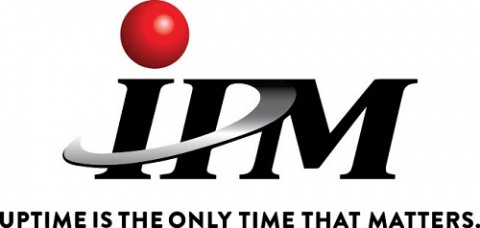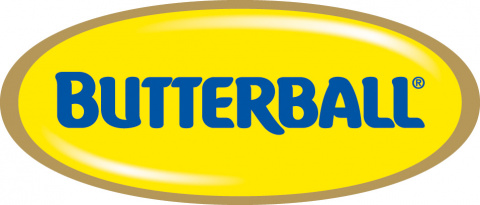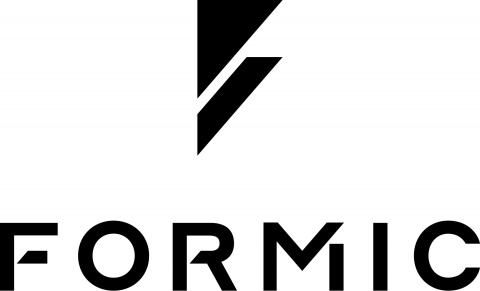
The FDA is delaying implementation of a rule that would require food companies to print nutritional information on the front labels of their products.
The proposed rule was developed by President Biden’s Administration with a comment period on it scheduled to close on May 16. The rule is designed to help consumers make better choices to avoid chronic health problems. Such problems and consumer choices about nutrition are things President Trump’s Secretary of Health and Human Services Robert F. Kennedy Jr. has repeatedly touted.
Even though hundreds of comments have been filed about the proposed rule, Kennedy’s Food and Drug Administration is delaying the close of the comment period by 60 days. Most of the comments filed so far have come from food companies and food industry trade organizations.
“A 60-day comment period extension allows adequate time for interested parties to submit comments while also not significantly delaying rulemaking on the important issues in the proposed rule,” according to the FDA’s announcement about the delay.
Kennedy has repeatedly said that Americans’ diets are problematic and that a better informed public would be able to make better decisions about the foods they eat. Those points are a cornerstone of his Make America Healthy Again agenda. He has called sugar “poison.”
The proposed nutrition labeling, also referred to as the “Nutrition Info Box,” would provide information on saturated fat, sodium and added sugar content in a simple format showing whether the food has “Low,” “Med” or “High” levels of these nutrients. It complements the FDA’s iconic Nutrition Facts label, which gives consumers more detailed information about the nutrients in their food on the back labels of products.
Before President Trump was sworn in, two previous FDA leaders under the Biden Administration lauded the proposed label rule as a long needed change.
“The science on saturated fat, sodium and added sugars is clear,” said President Biden’s FDA Commissioner Robert M. Califf, M.D. “Nearly everyone knows or cares for someone with a chronic disease that is due, in part, to the food we eat. It is time we make it easier for consumers to glance, grab and go. Adding front-of-package nutrition labeling to most packaged foods would do that. We are fully committed to pulling all the levers available to the FDA to make nutrition information readily accessible as part of our efforts to promote public health.”
The FDA’s former Deputy Commissioner for the Human Foods Program Jim Jones had similar comments.
“Food should be a vehicle for wellness, not a contributor of chronic disease,” said Jones said earlier this year before resigning amid severe FDA staff cuts. “In addition to our goal of providing information to consumers, it’s possible we’ll see manufacturers reformulate products to be healthier in response to front-of-package nutrition labeling. Together, we hope the FDA’s efforts, alongside those of our federal partners, will start stemming the tide of the chronic disease crisis in our country.”
Neither current FDA Commissioner Martin A. Makary nor FDA’s acting Deputy Commissioner for Human Foods Kyle Diamantas has commented on the proposed nutrition labeling rule or its delay.
The proposed Nutrition Info Box has been designed using a substantial body of research conducted by the FDA, including a scientific literature review, consumer focus groups and a peer-reviewed experimental study.
In 2023, the FDA conducted the study of nearly 10,000 U.S. adults to further explore consumer responses to three different types of front-of-package labels. The purpose of the experimental study was to identify which label designs enabled participants to make quicker and more accurate assessments of the healthfulness of a product based on the levels of saturated fat, sodium and added sugars displayed. The experimental study showed that the black and white Nutrition Info design with the percent Daily Value performed best in helping consumers identify healthier food options.
The proposed Nutrition Info box was part of the Biden Administration’s White House National Strategy on Hunger, Nutrition and Health to reduce diet-related diseases by 2030.
According to former FDA officials, such efforts can help consumers more easily identify foods recommended by the Dietary Guidelines for Americans and may assist them in reducing their consumption of certain nutrients that can be found in foods that are commonly considered ultra-processed.
The proposed rule, if finalized in its existing form, would require food manufacturers to add a Nutrition Info Box to most packaged food products three years after the final rule’s effective date for businesses with $10 million or more in annual food sales. Businesses with less than $10 million in annual sales would have four years to implement the rule.
The Center for Science in the Public Interest (CSPI) has long advocated for front-of-package nutrition labeling, starting with a Citizen Petition to FDA in 2006. CSPI, the Association of SNAP Nutrition Education Administrators, and the Association of State Public Health Nutritionists filed a petition in 2022 calling for mandatory, interpretive, nutrient-specific front-of-package nutrition labels of the very type proposed in the pending rule.
Earlier this year the CSPI called for the Trump Administration to act.
“The incoming administration has the opportunity to finalize this important rulemaking and follow through on commitments to stand up to Big Food,” said the CSPI. “When finalizing the policy, we hope FDA will consider the growing body of international evidence supporting the ‘High In’ style labels adopted by our neighbors to the North and South. We hope to see FDA continue to push forward with evidence-based public health protections, including mandatory front-of-package nutrition labeling.”
Comments on the proposed rule can be submitted electronically to http://www.regulations.gov.
(To sign up for a free subscription to Food Safety News, click here)
















